A small green bird with dark spurs that extend from the head down onto the lower throat.
Meet Kass’s Cuckhoo

Photo Courtesy of Instagram/am_wildlifepics
Klaas’s cuckoo (Chrysococcyx klaas) is a species that has a height of 18 cm and weighs around 26 gms. The head is colored green while the bill is colored green. The Chrysococcyx klaas has a white-colored throat, green legs, and a green-colored back. The species exhibits sexual dimorphism. Males have a glossy green body with few markings and plain white underparts. The eyes are brown
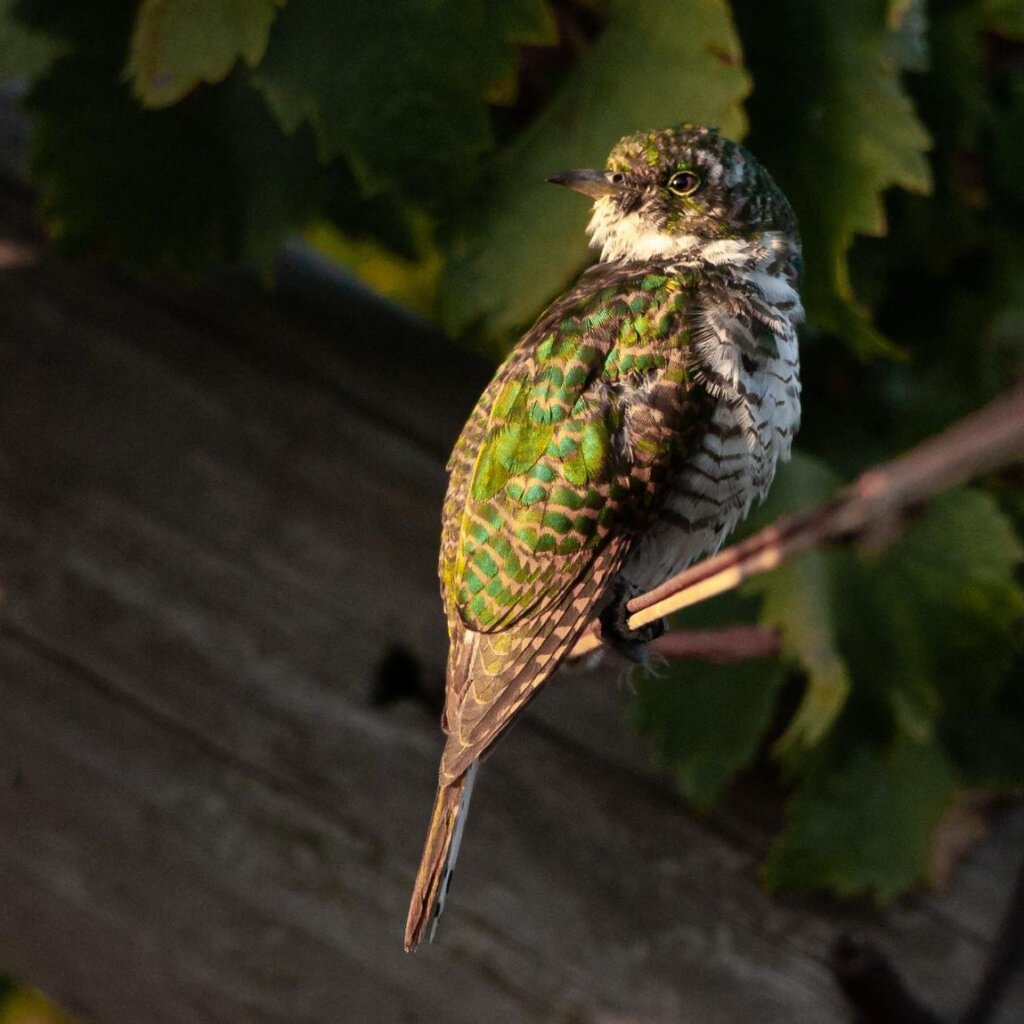
Photo Courtesy of Instagram/laidbacklark
Females have a bronze-brown body, greenish wing coverts, and faintly barred white underparts.
Viewed in flight, the male is largely white with dark primaries and females appear mostly brown. Males and females both have a small white post-ocular patch.
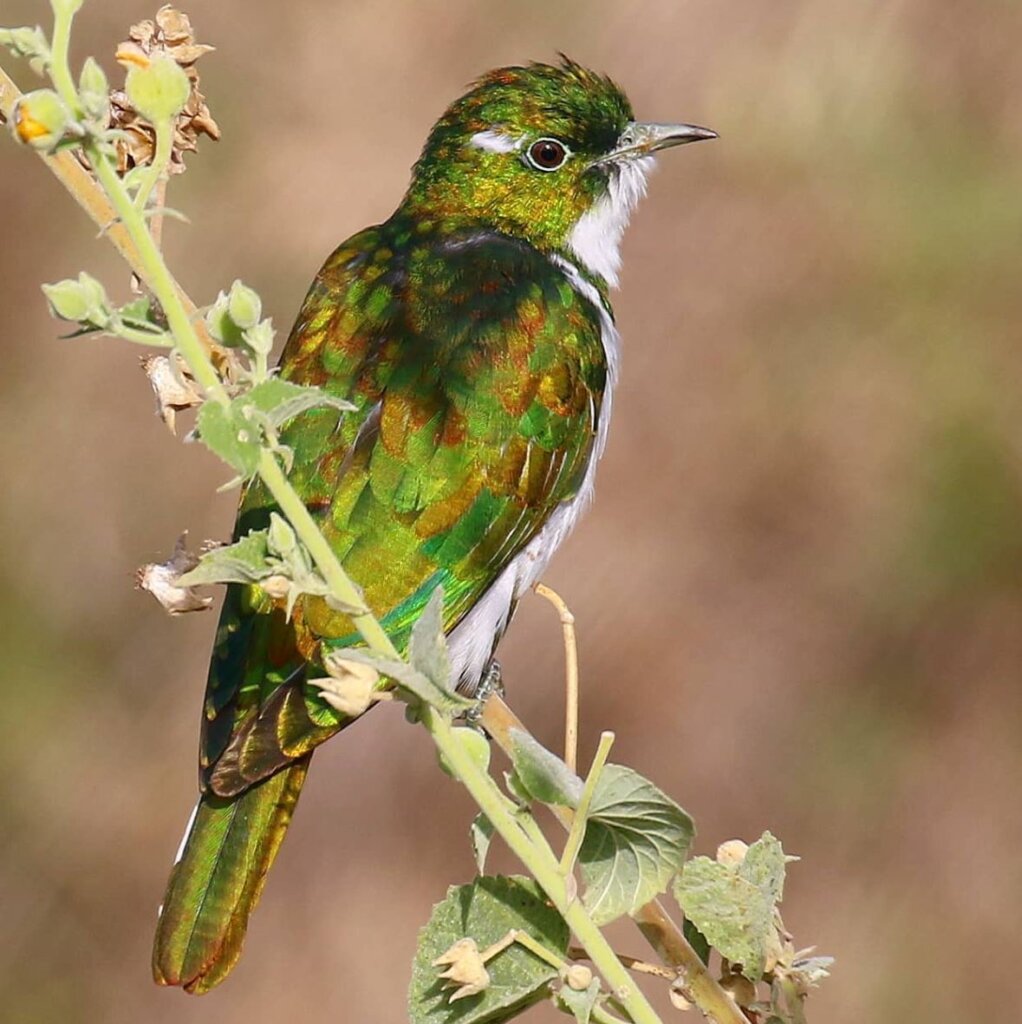
Photo Courtesy of Instagram/birdsofethiopia_fikretatas
This bird is fairly common across sub-Saharan Africa, absent only from the arid desert.
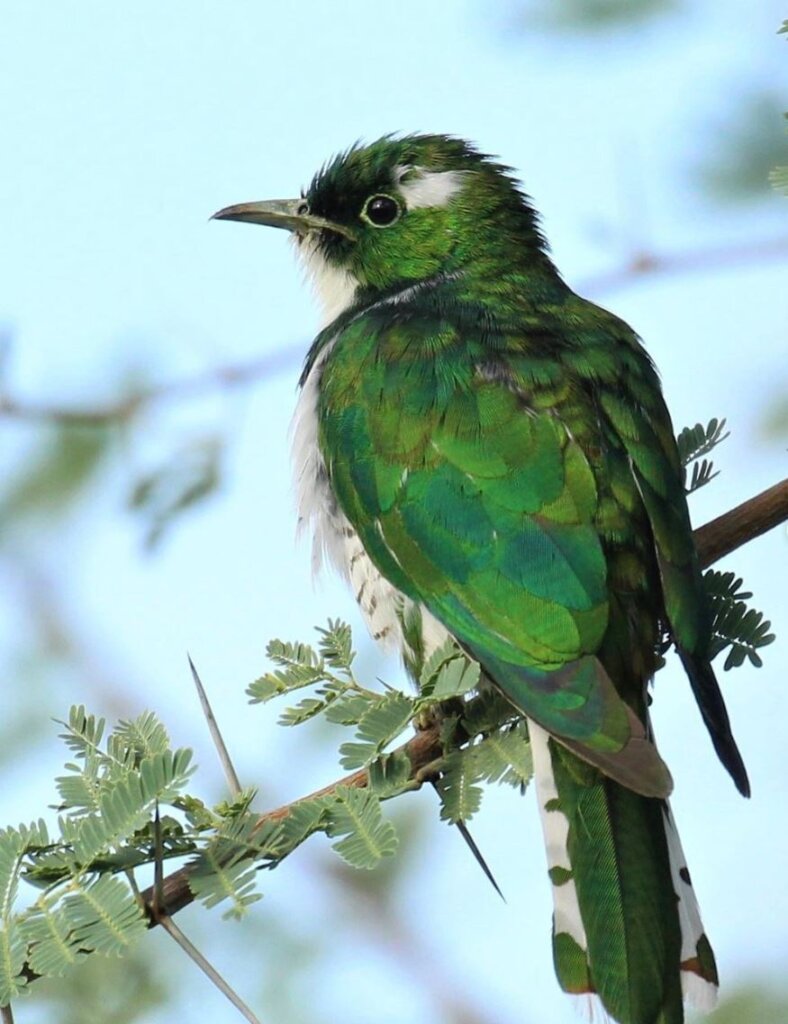
Photo Courtesy of Instagram/omurcemakkaya
Klass’s Cuckoo generally prefers to live in open broad-leaved woodland, especially miombo (Brachystegia) and Mopane (Colosphermum mopane) woodland. But it also occupies dense Acacia thickets, and forest edges, gardens, and alien tree stands around farmsteads.
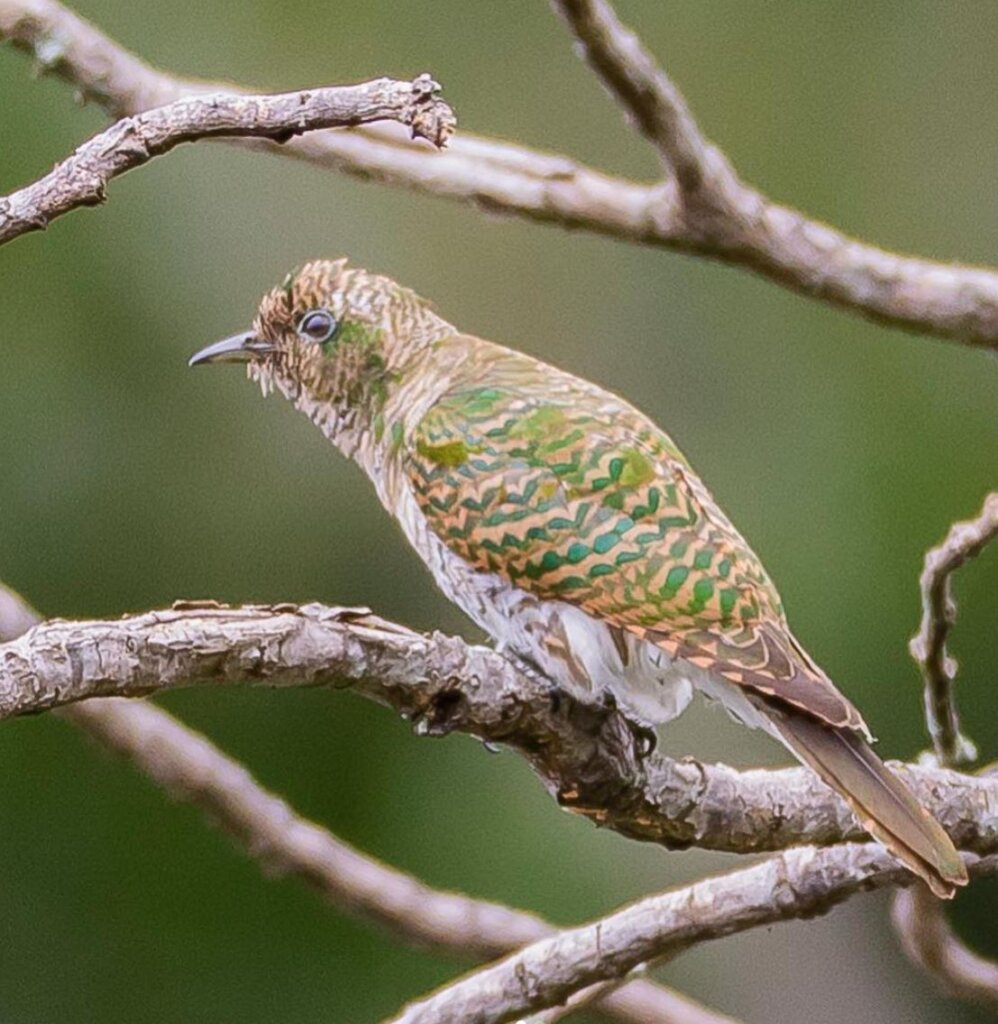
Photo Courtesy of Instagram/rog_tom_hogg
A mainly insectivorous bird, Klass’s Cuckoo specializes in dining on butterflies and caterpillars by foraging in the foliage of trees and or bushes. It will eat other insects too taking them from leaves and occasionally taking a flying insect on the wing. It will also rarely dine on seeds and fruit buds.
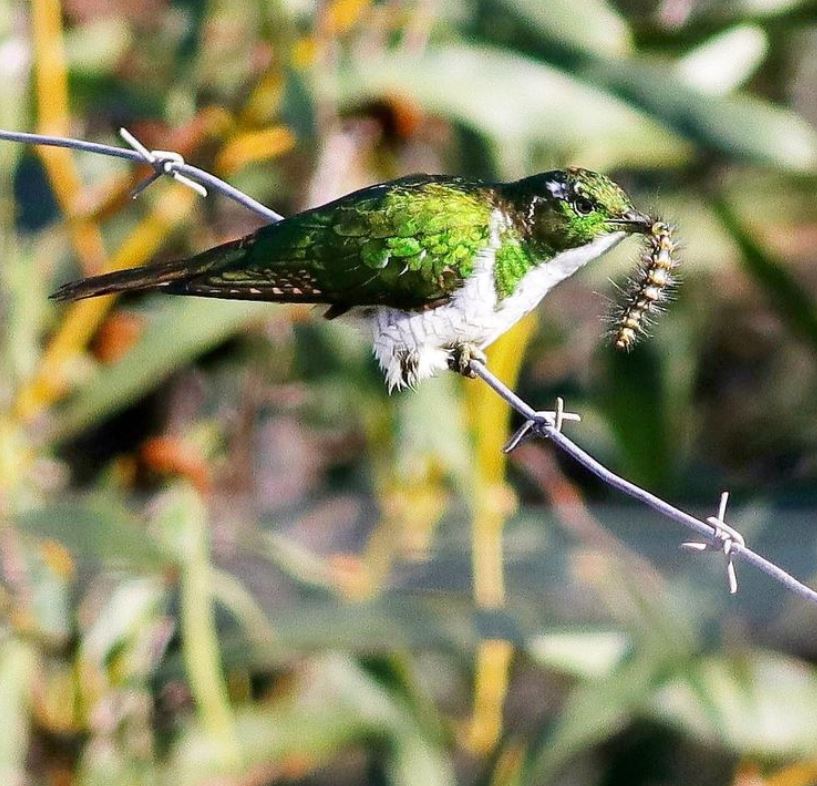
Photo Courtesy of Instagram/stevepeck49
A brood parasite bird, these birds lay their eggs in the nests of other birds. The host bird then thinks the egg is its own, then incubates the egg, and cares for the chick. Egg-laying season itself is year-round, peaking from October through to January when the female lays one egg per nest, which works out to be around 24 eggs per season. Soon after hatching the chick usually evicts any of the host bird chicks that are present. It remains in the nest for around 19-21 days.

Photo Courtesy of Instagram/leighhoets
This bird is not threatened in any way, in fact, its distribution range seems to have expanded recently.
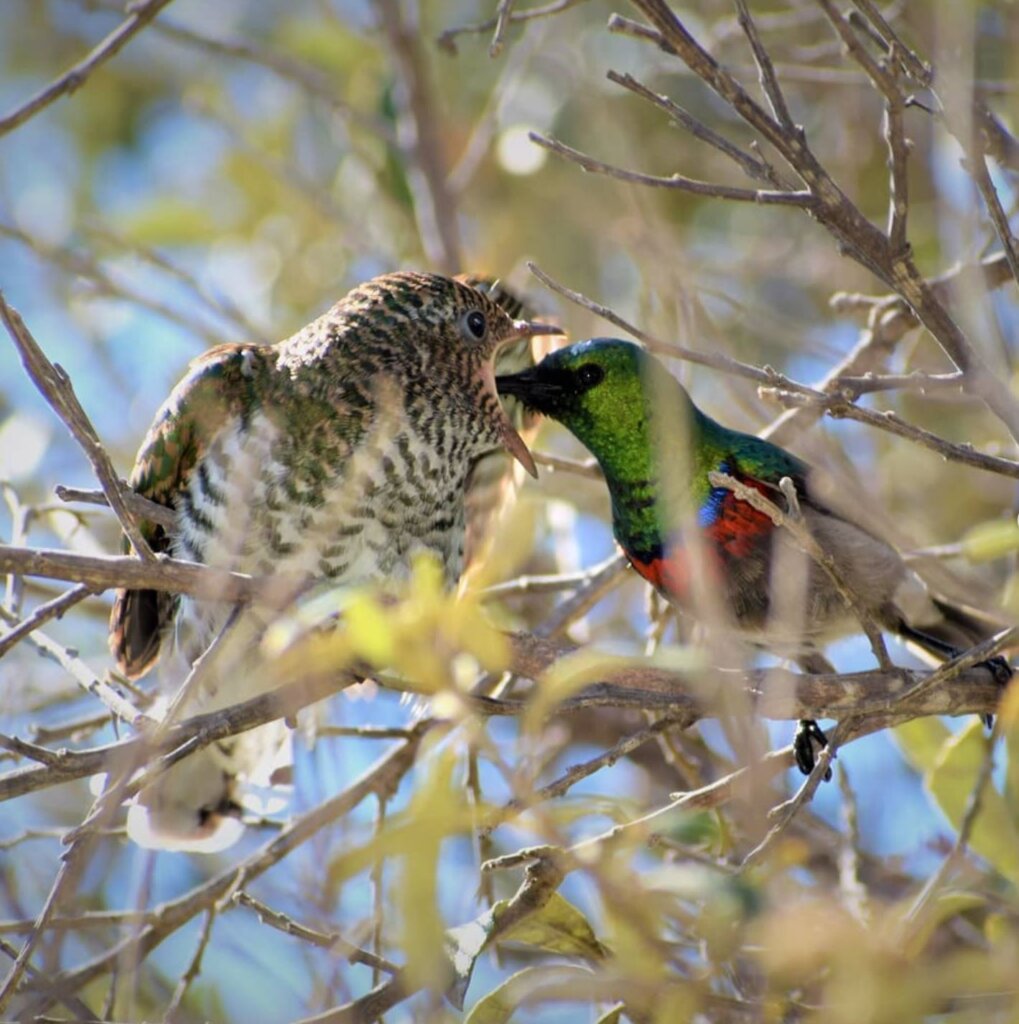
Photo Courtesy of Instagram/creationandwonder
You can watch and listen to this bird right here in the video below:




